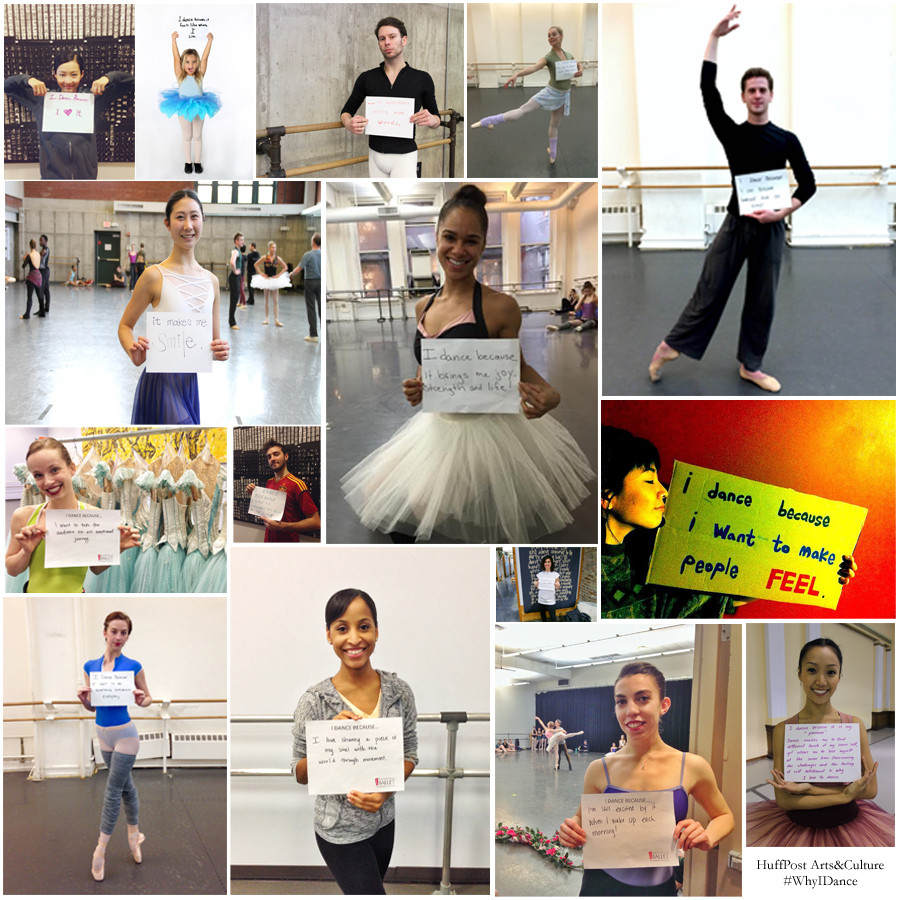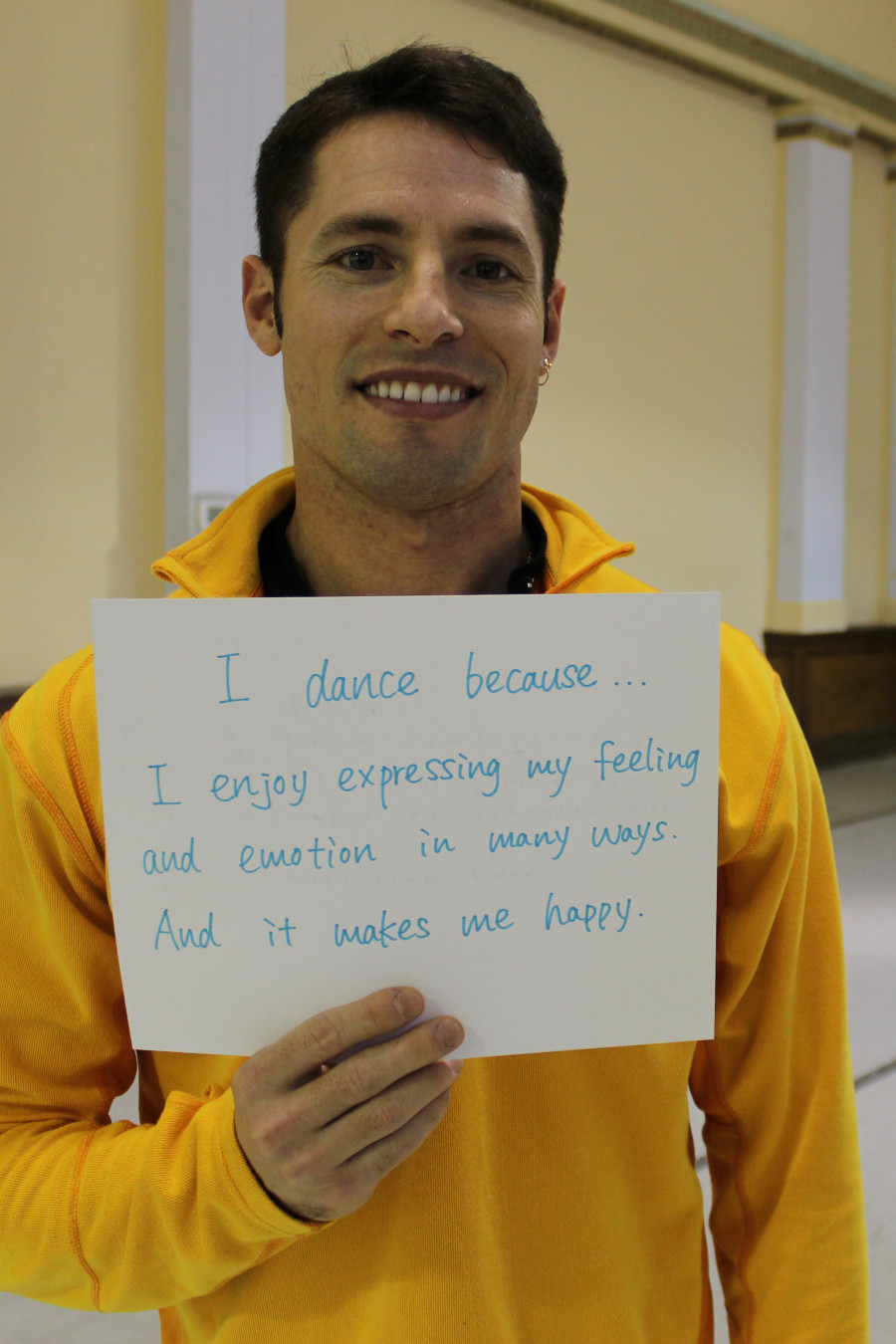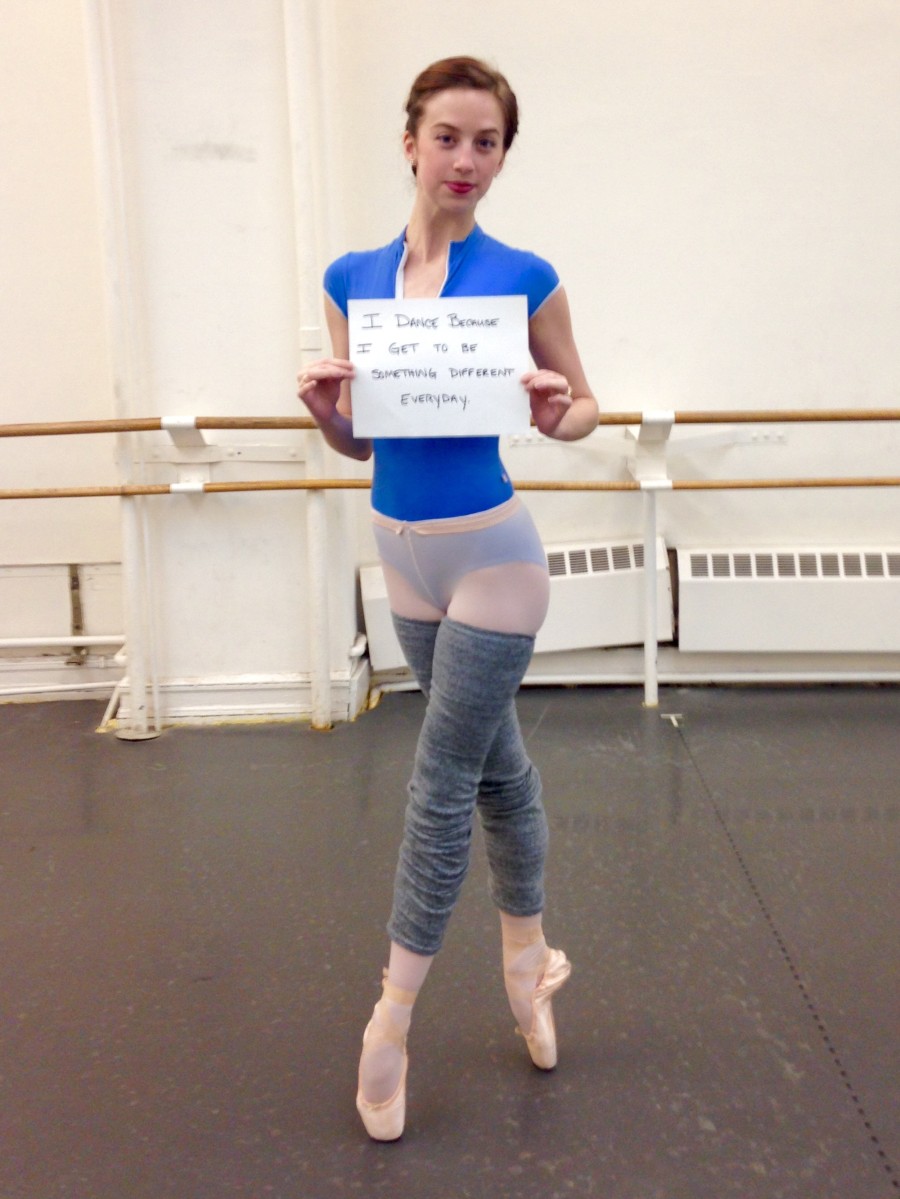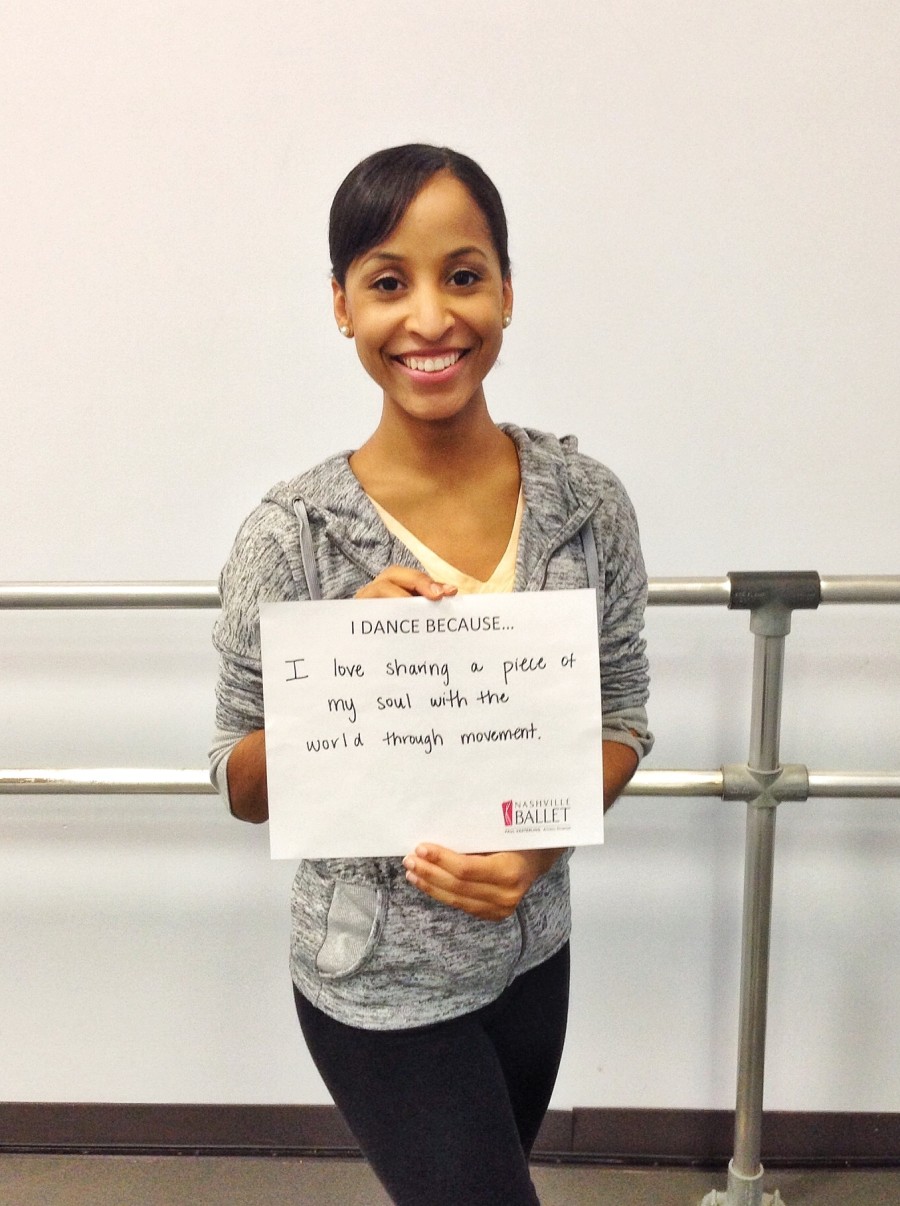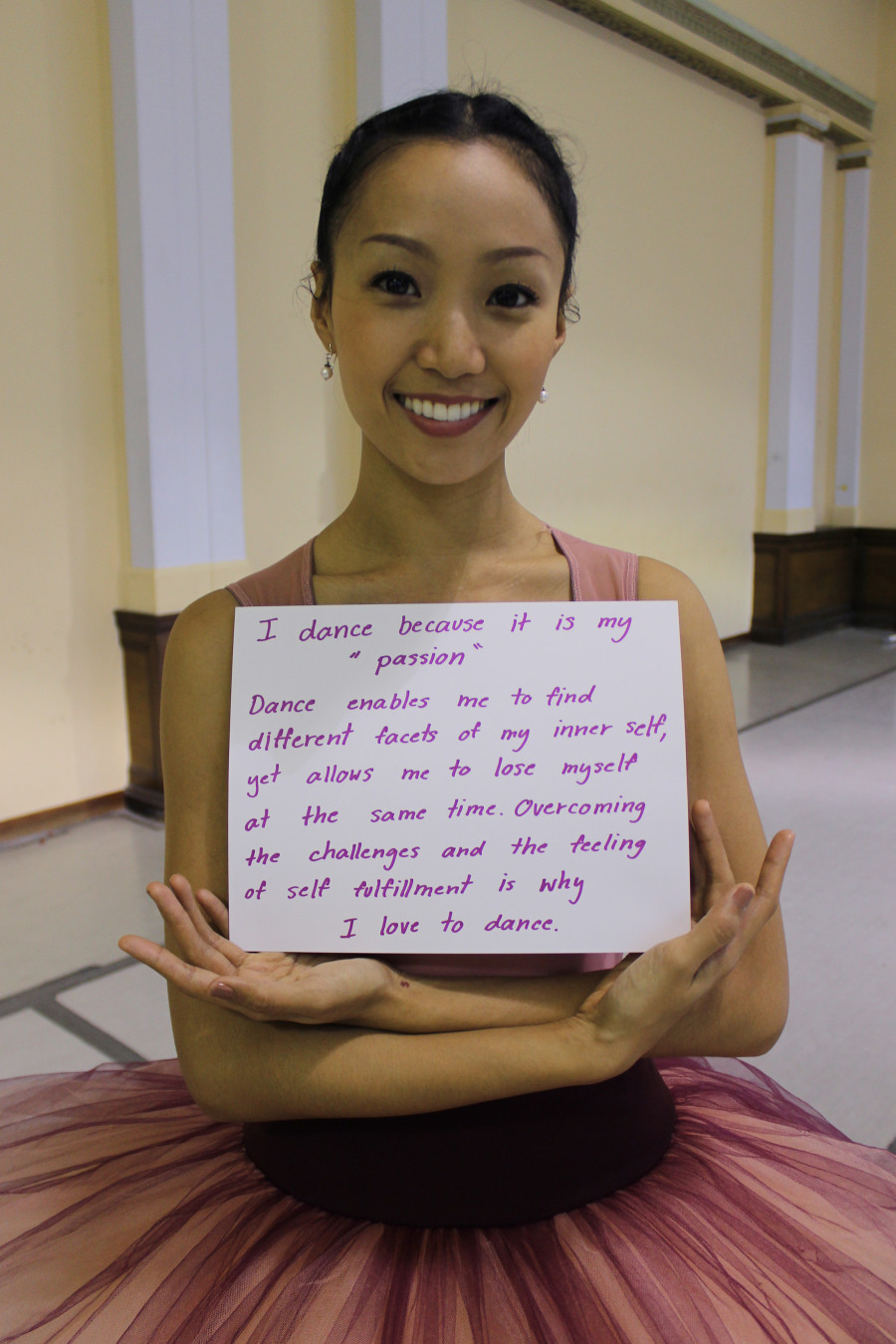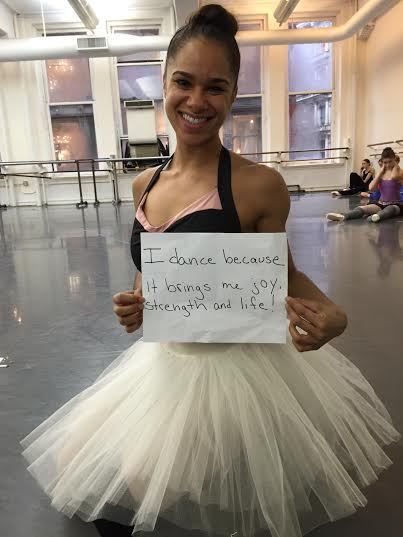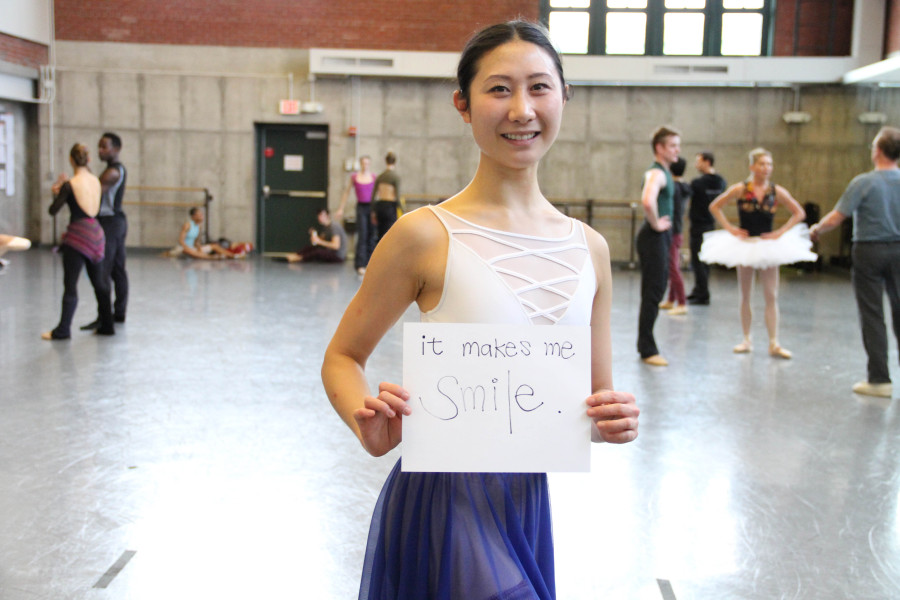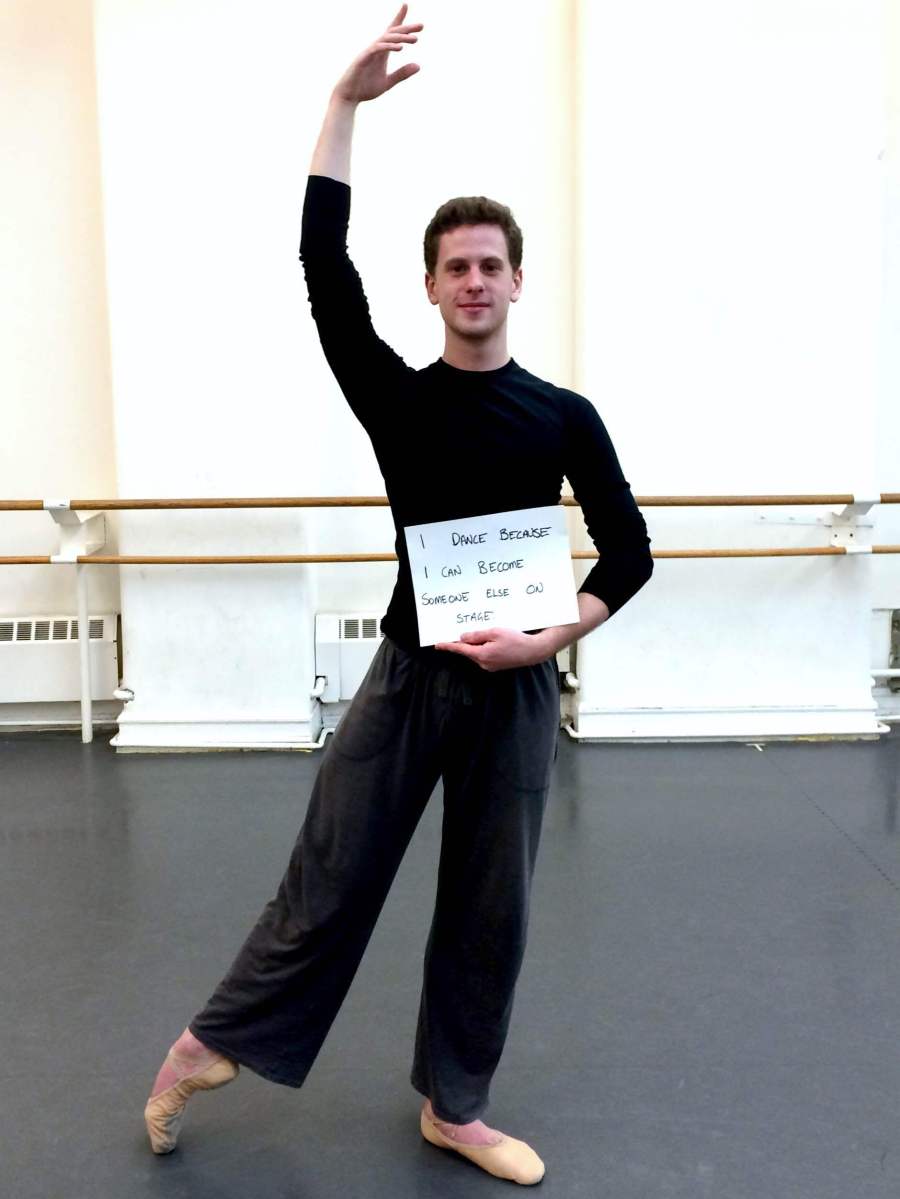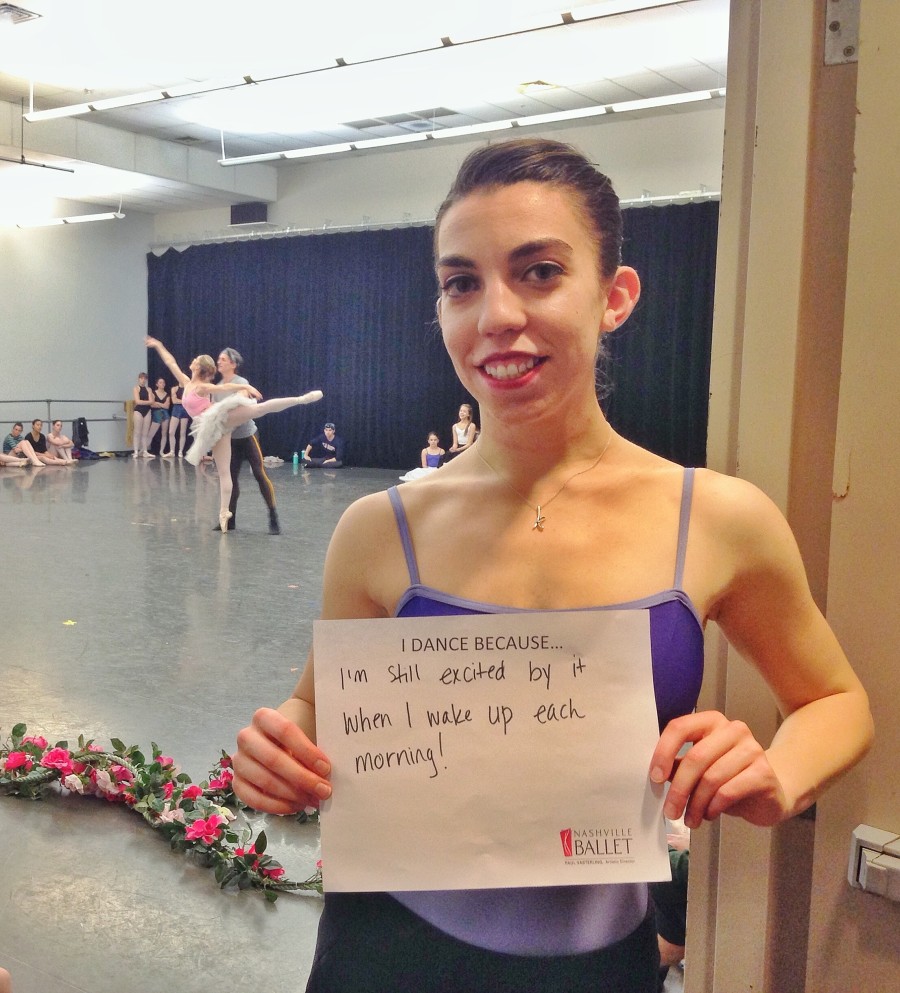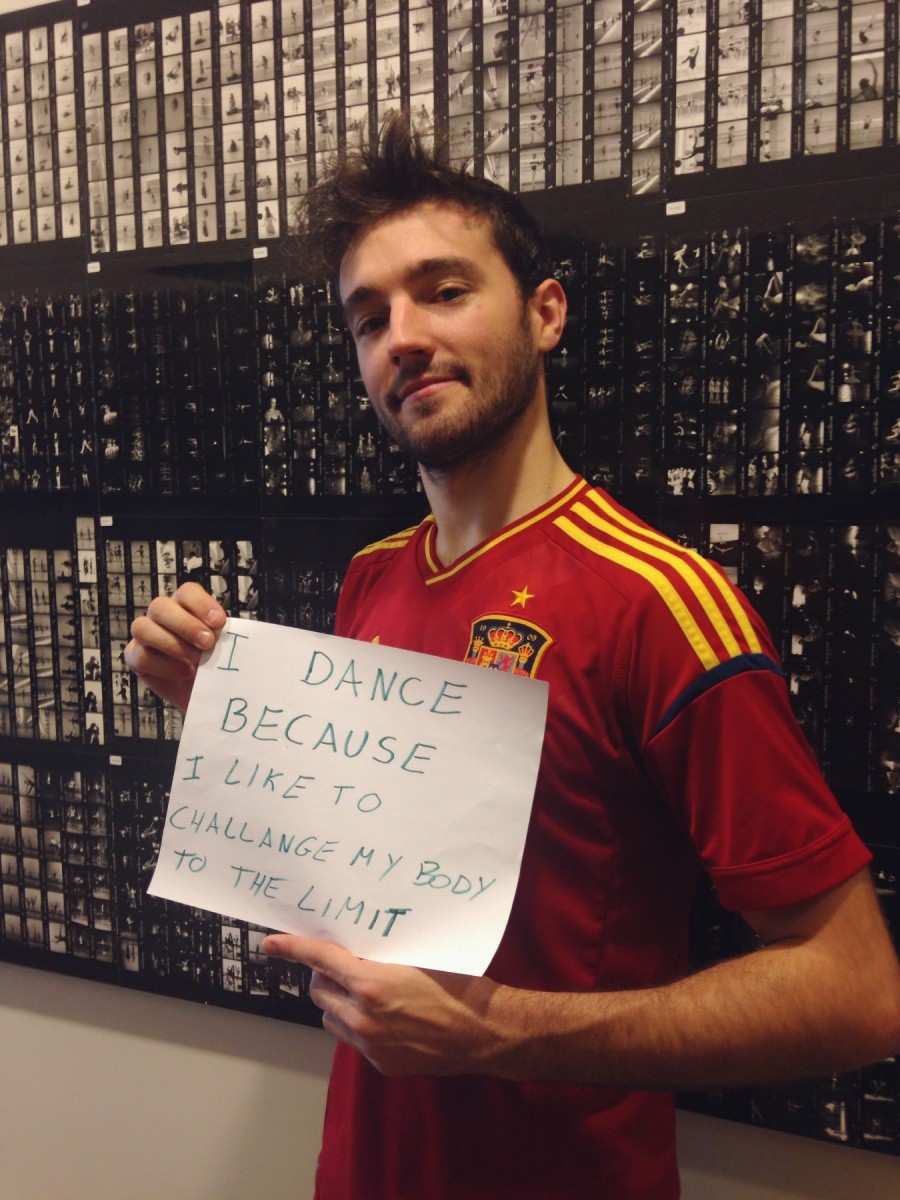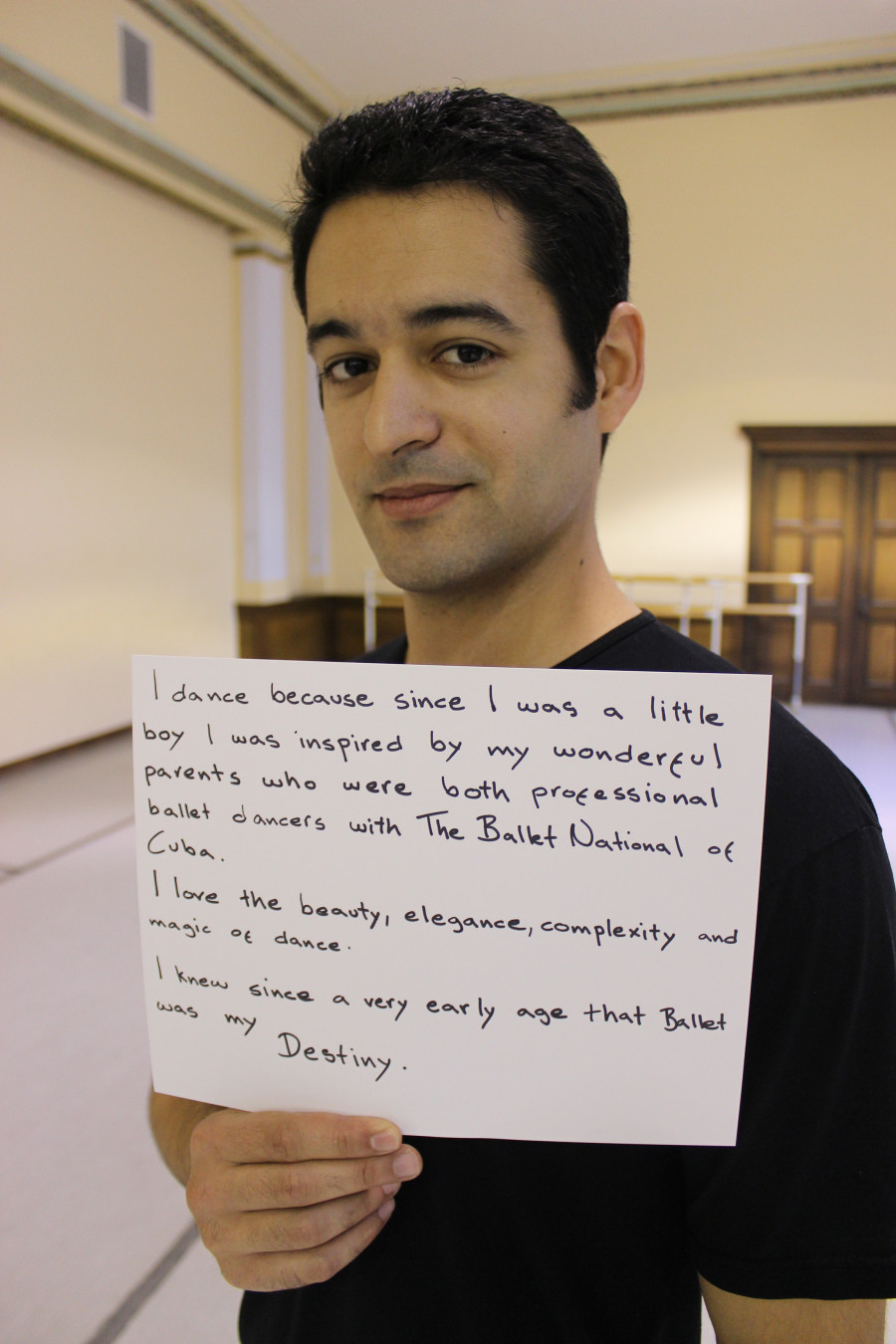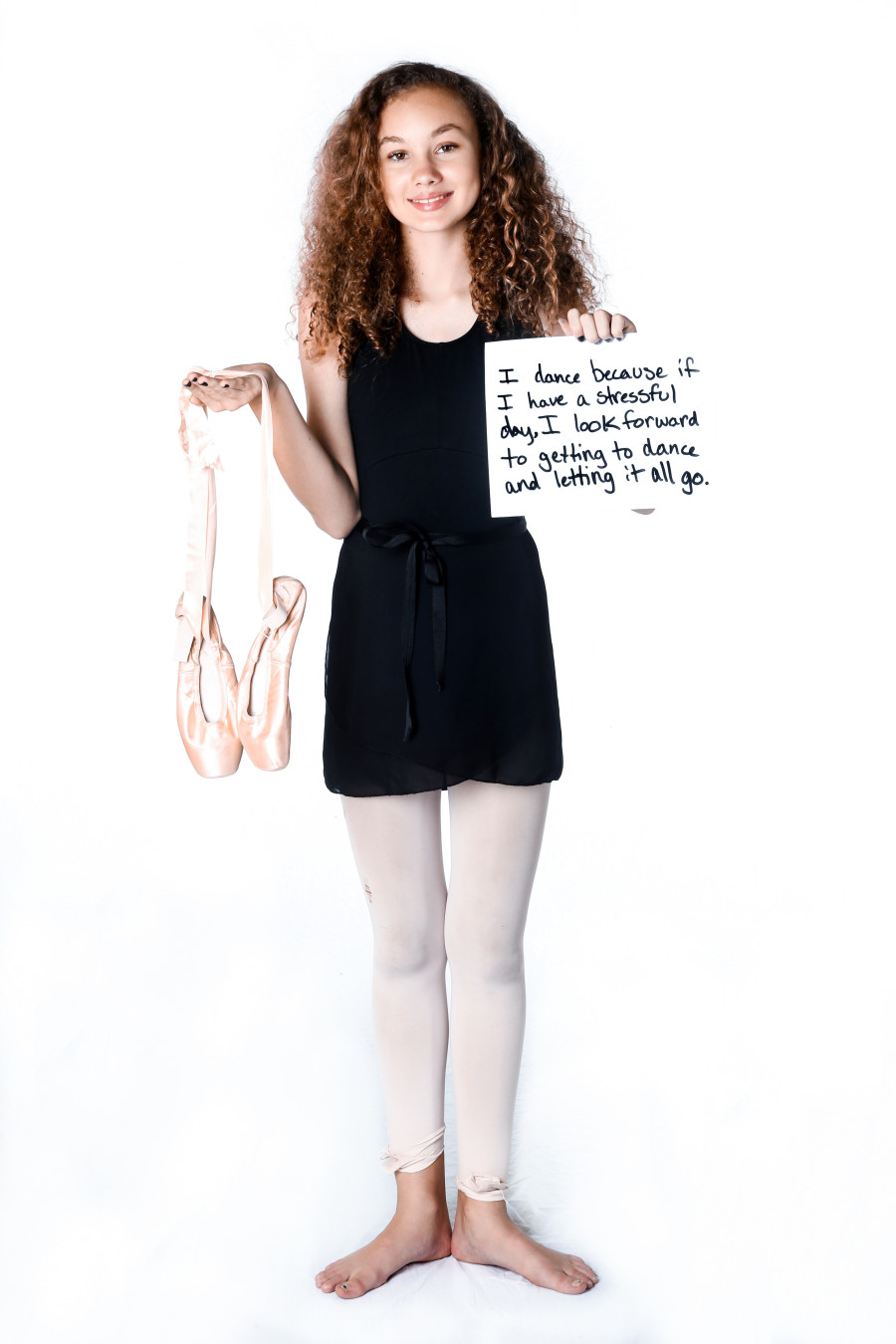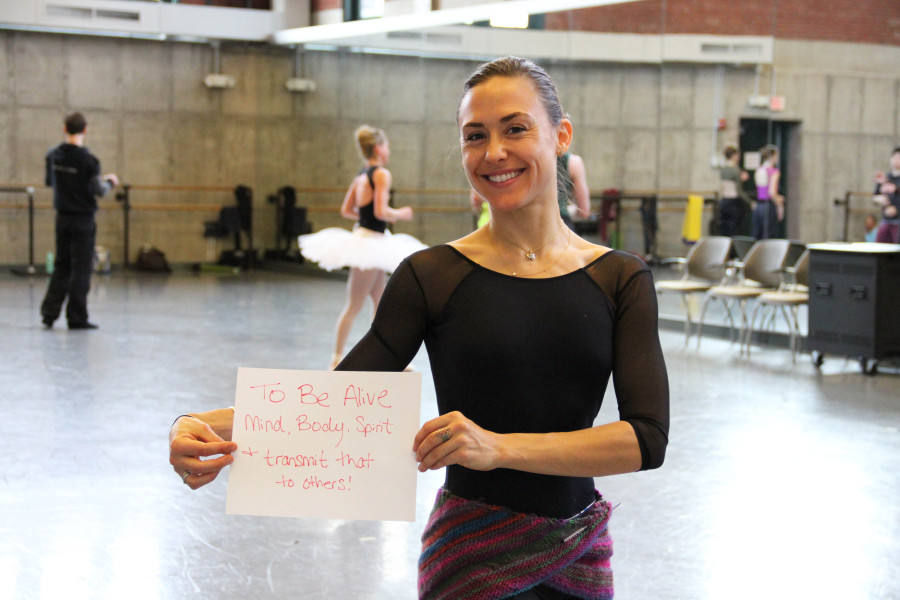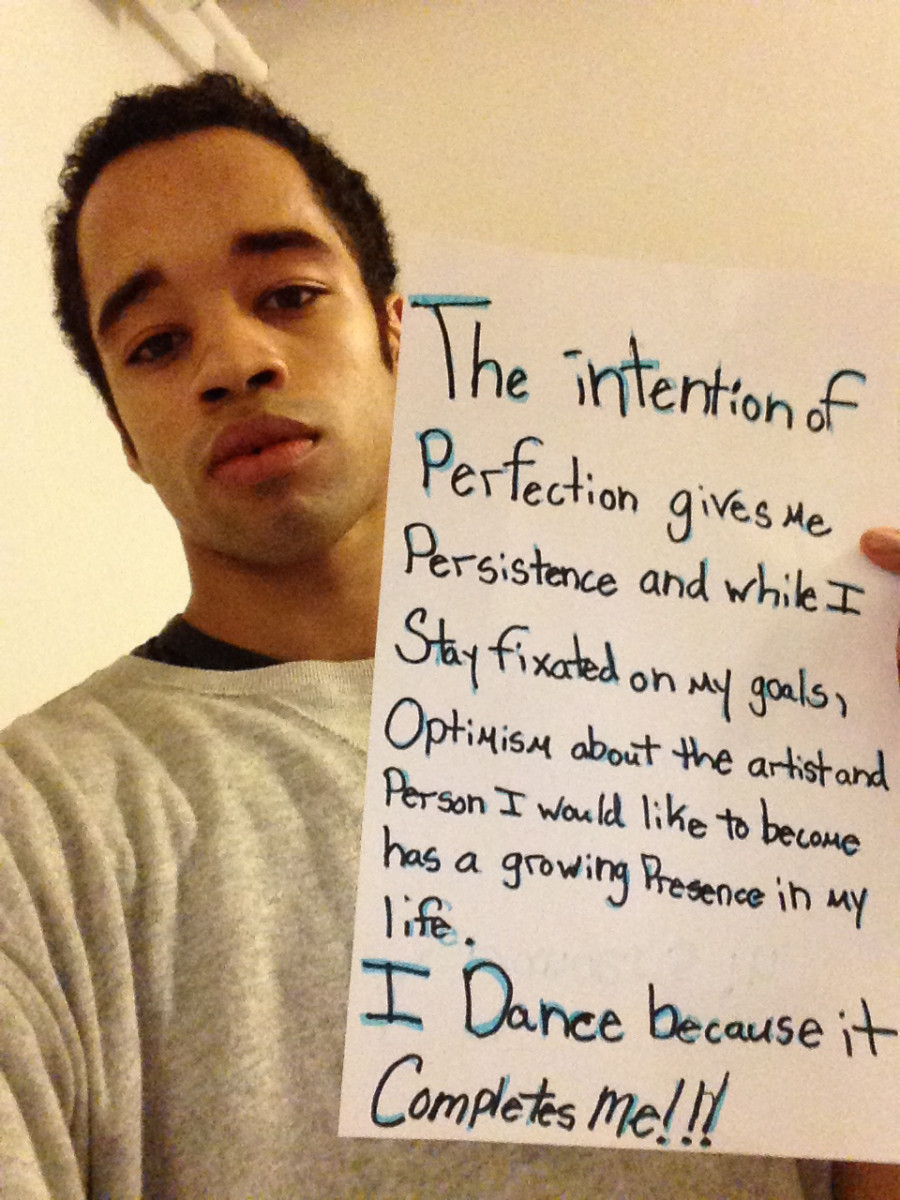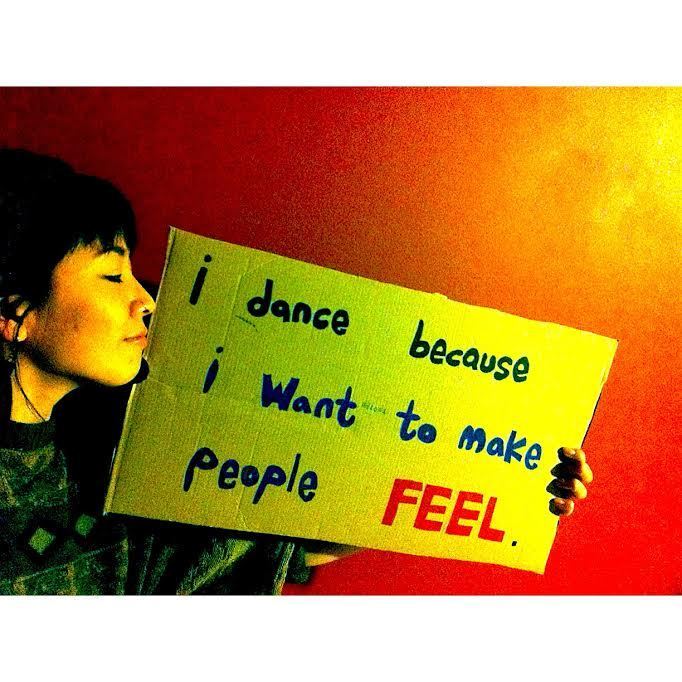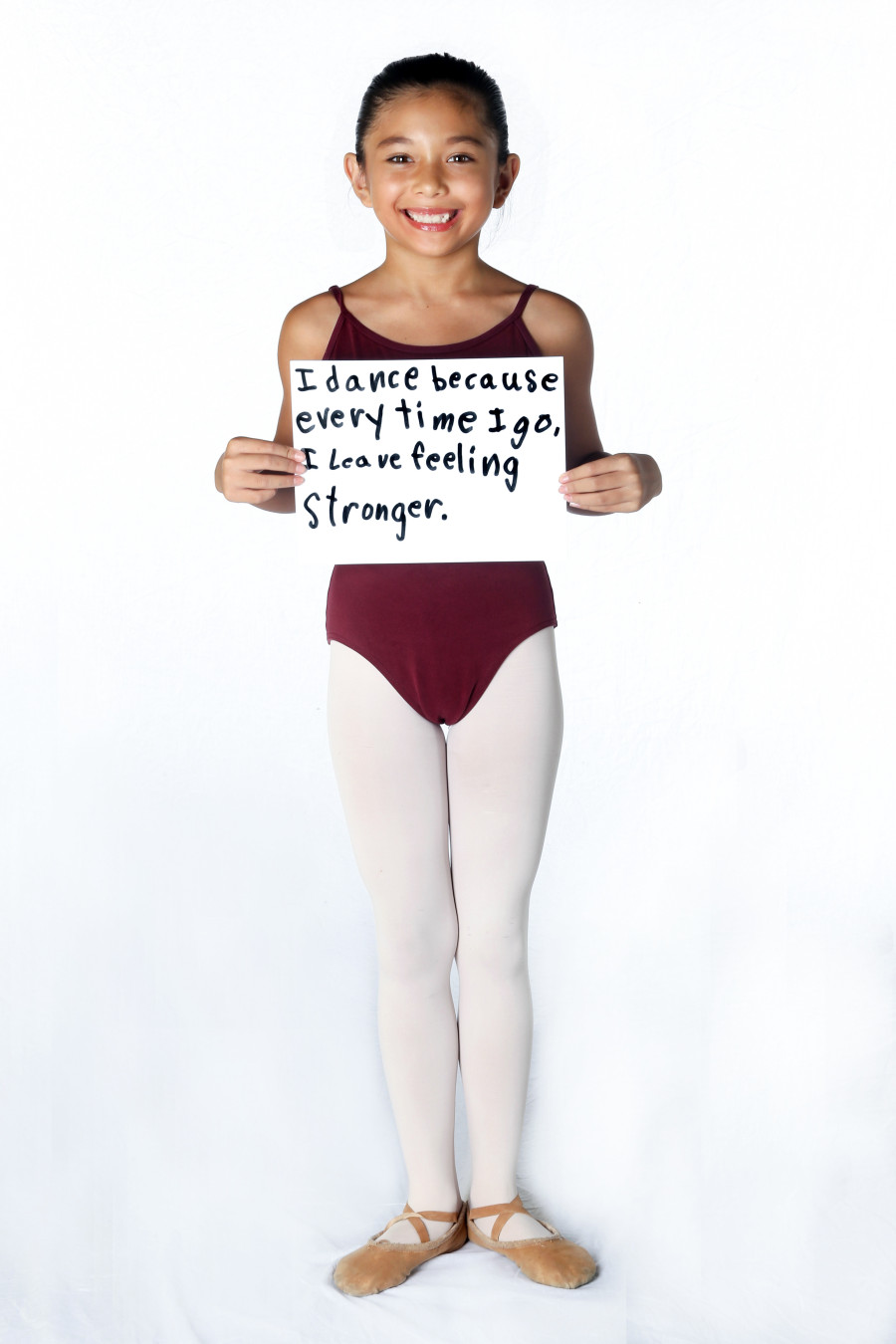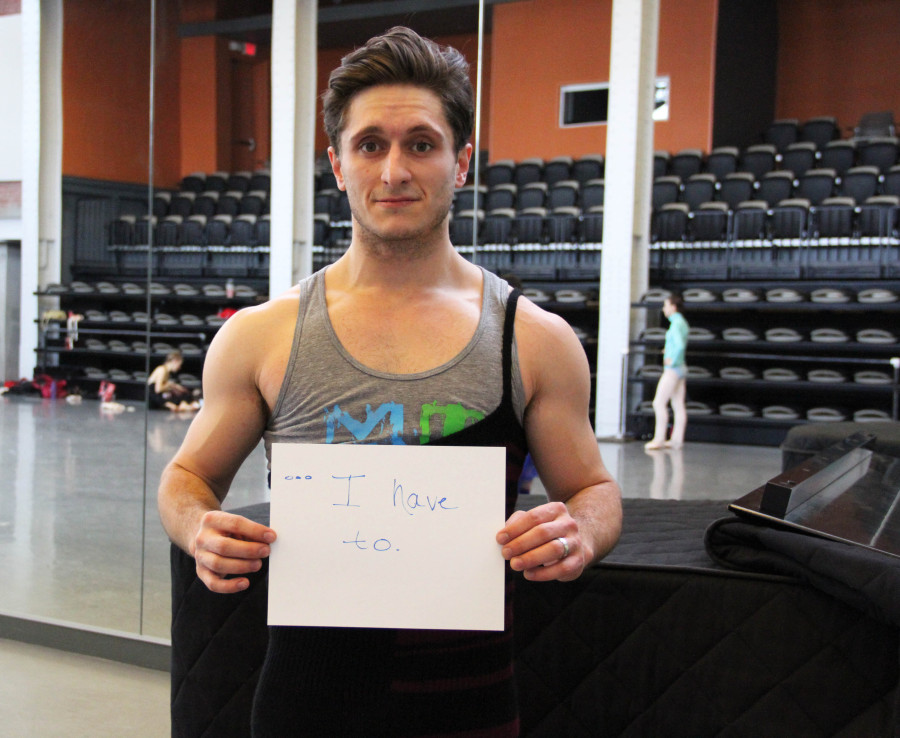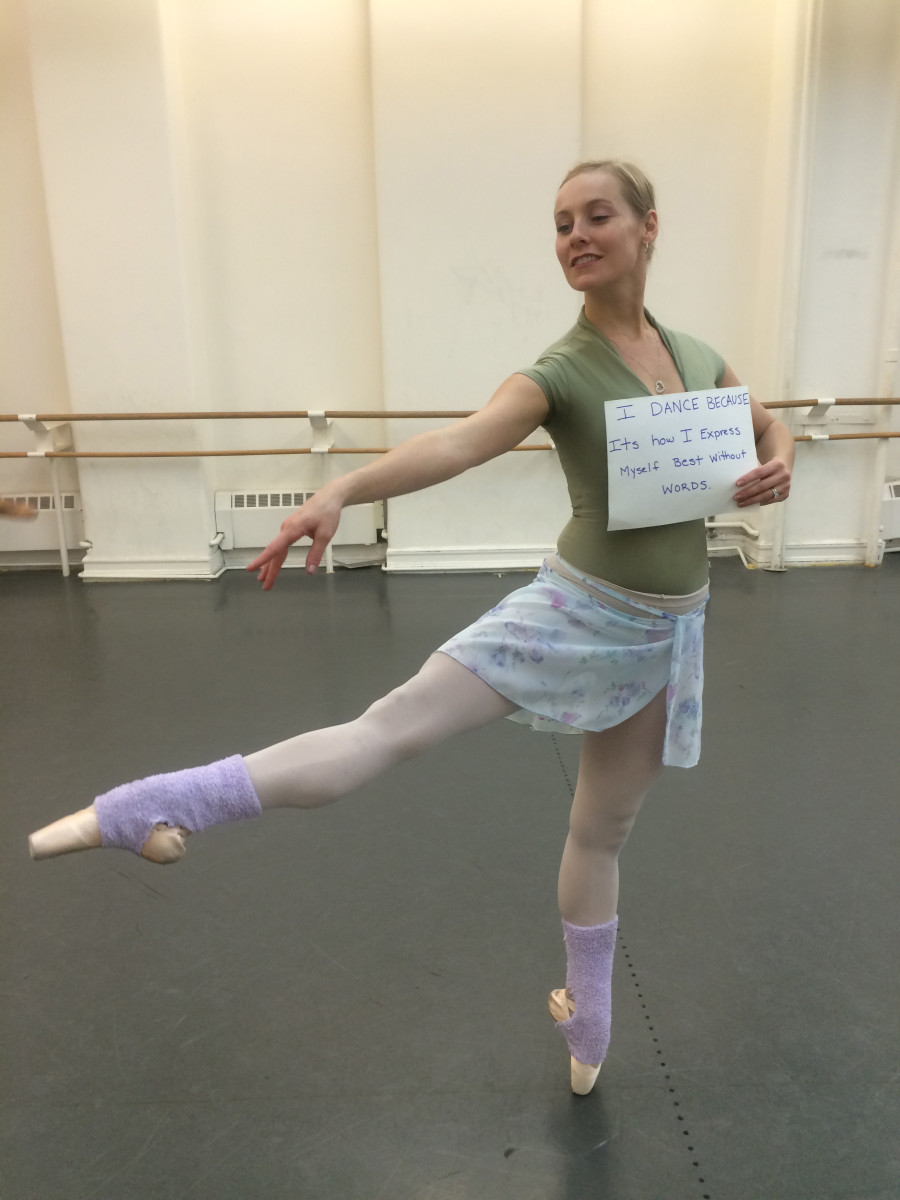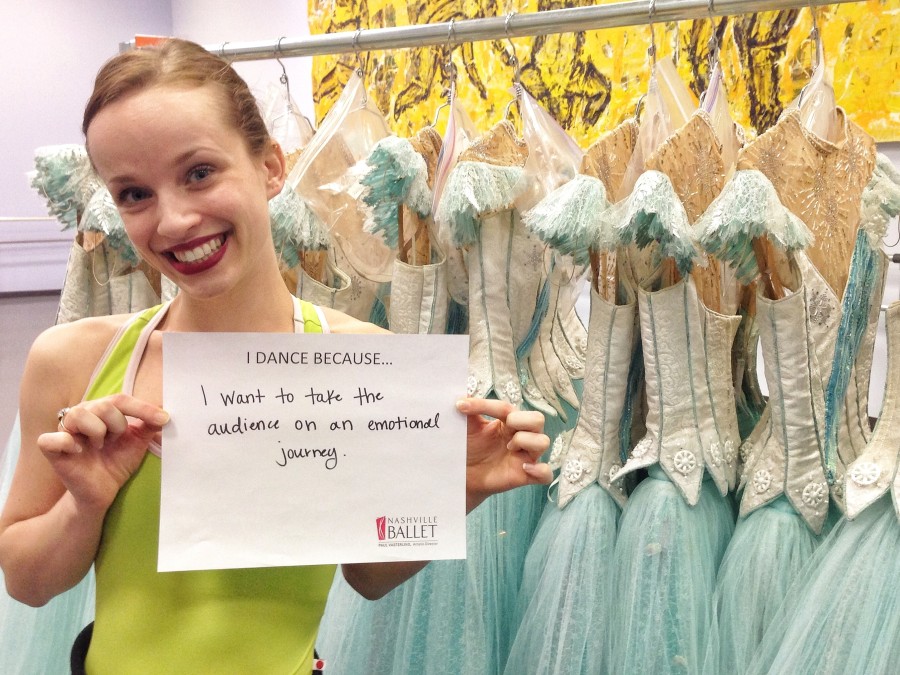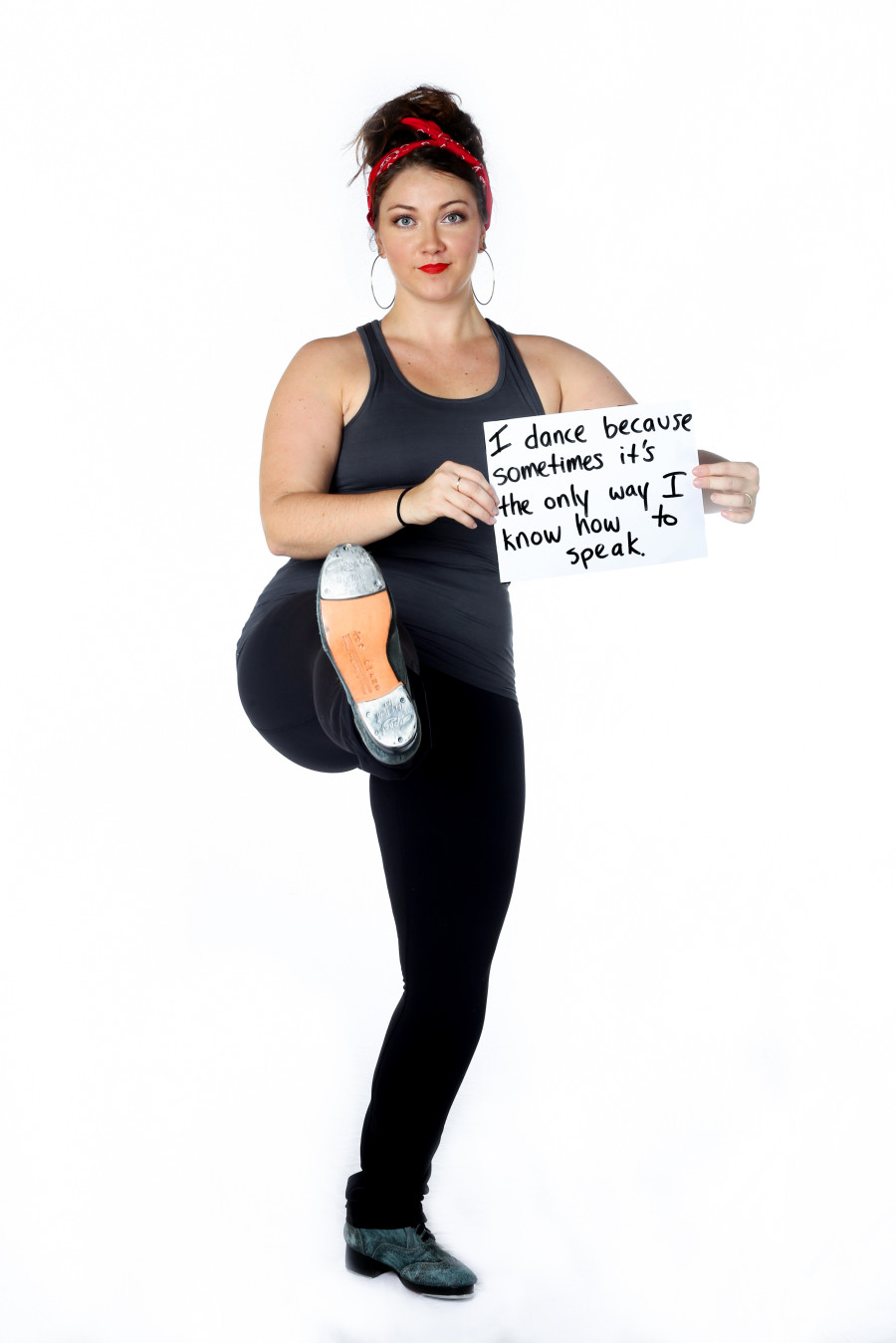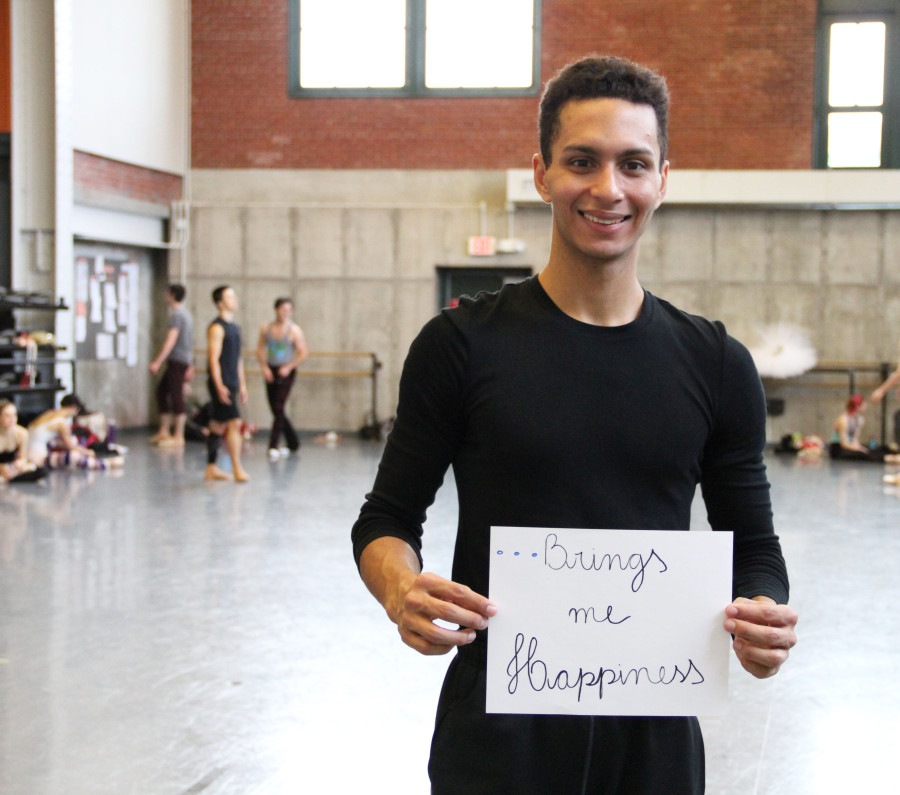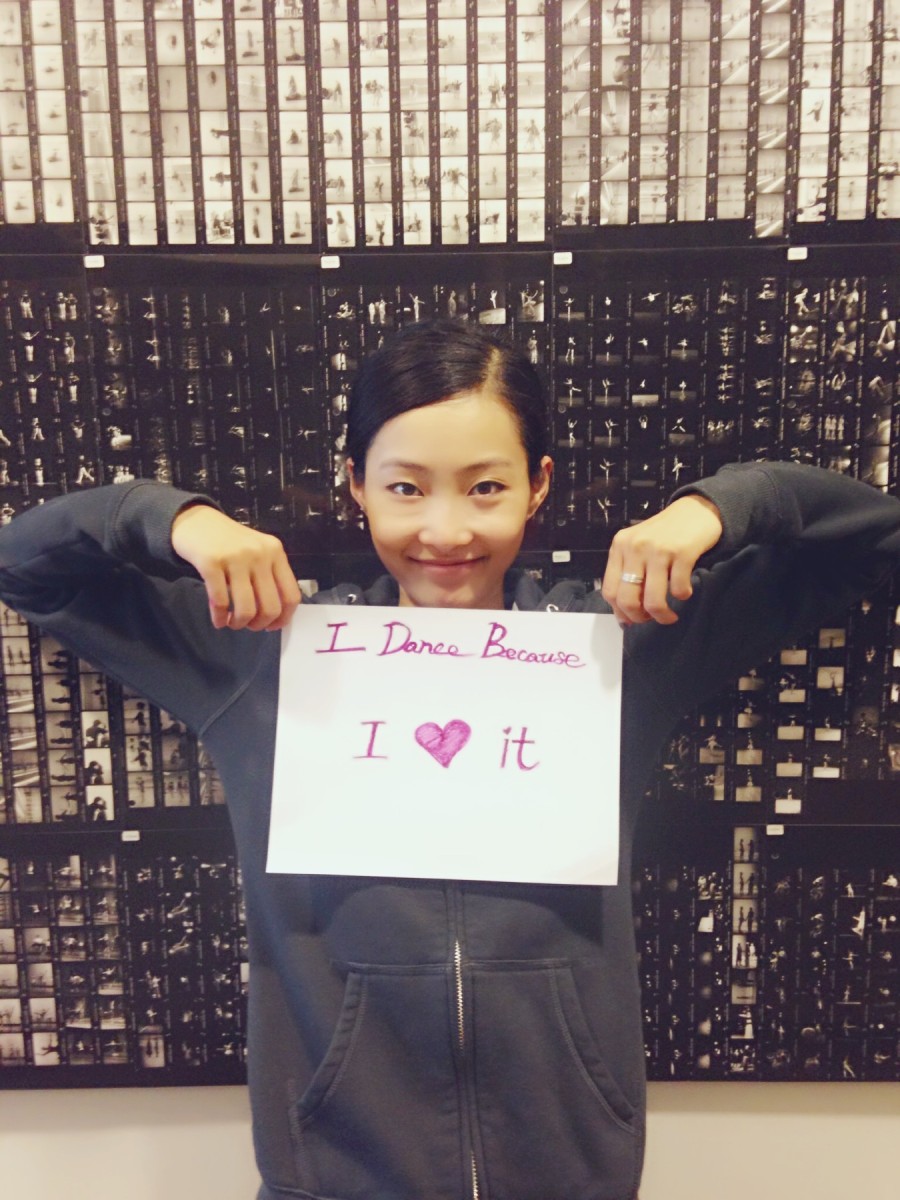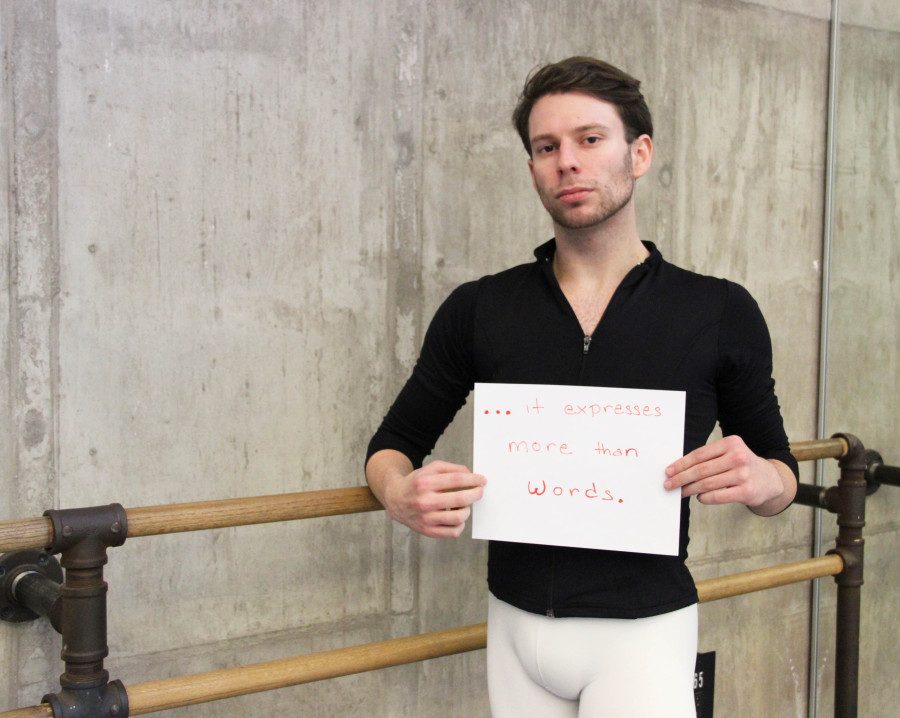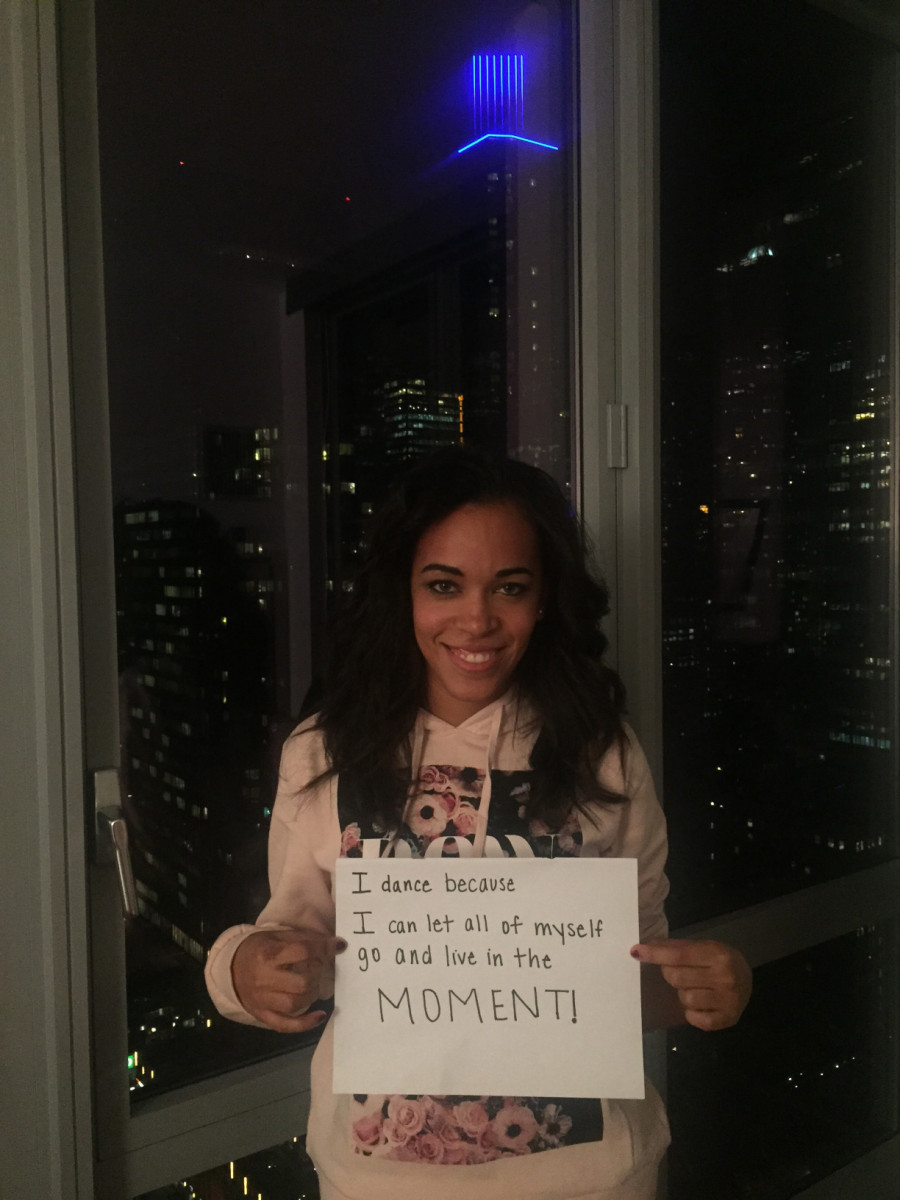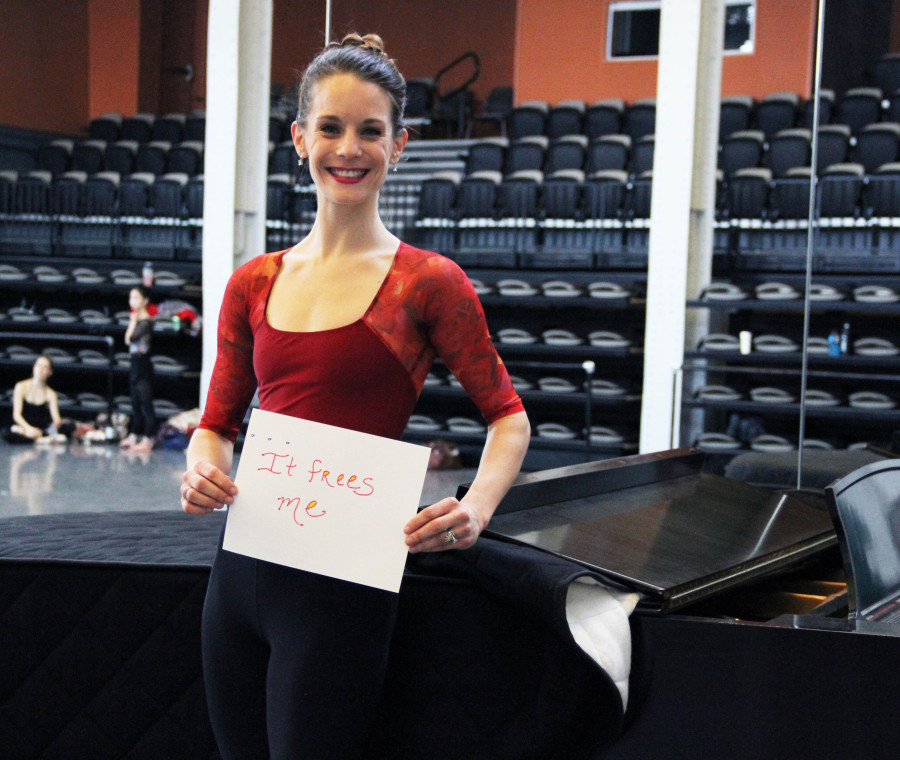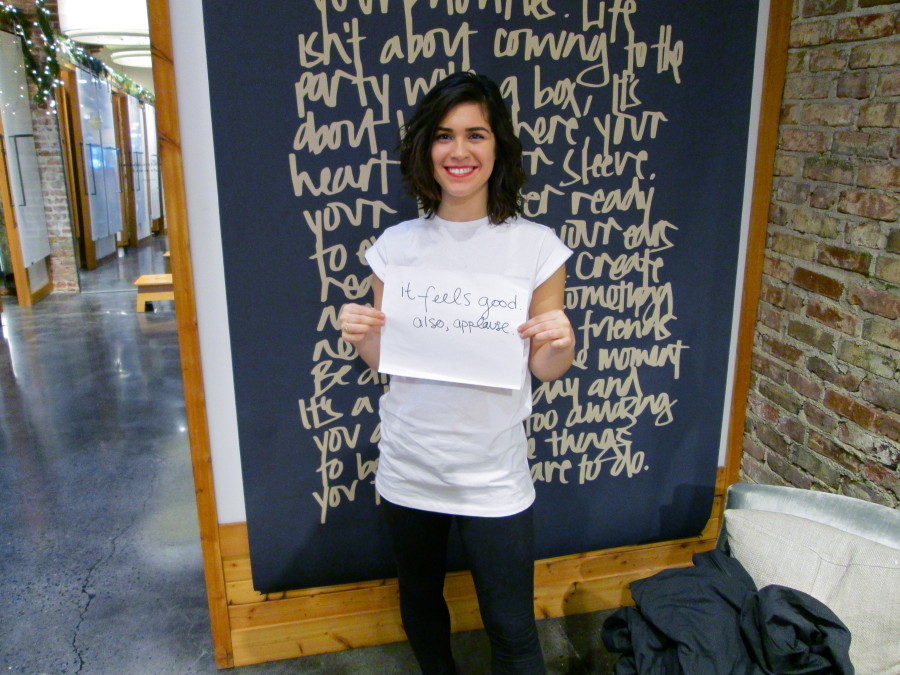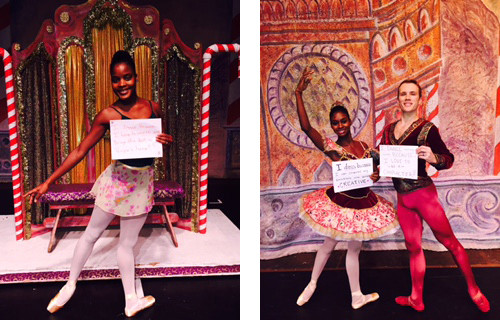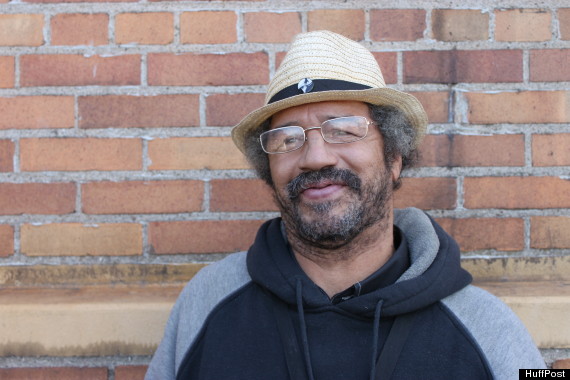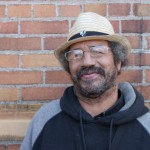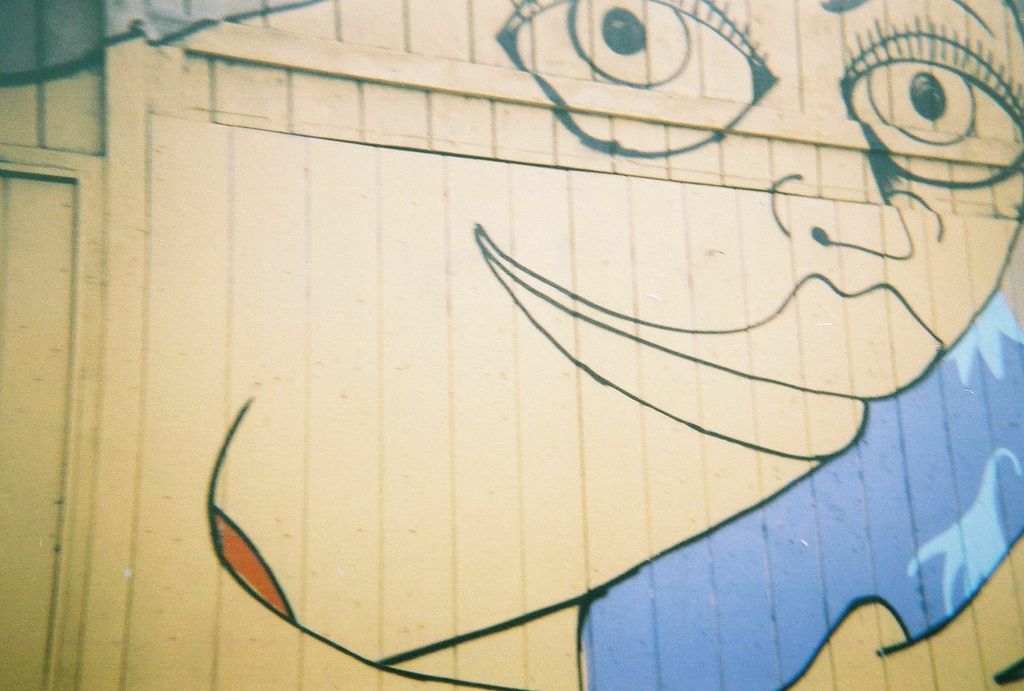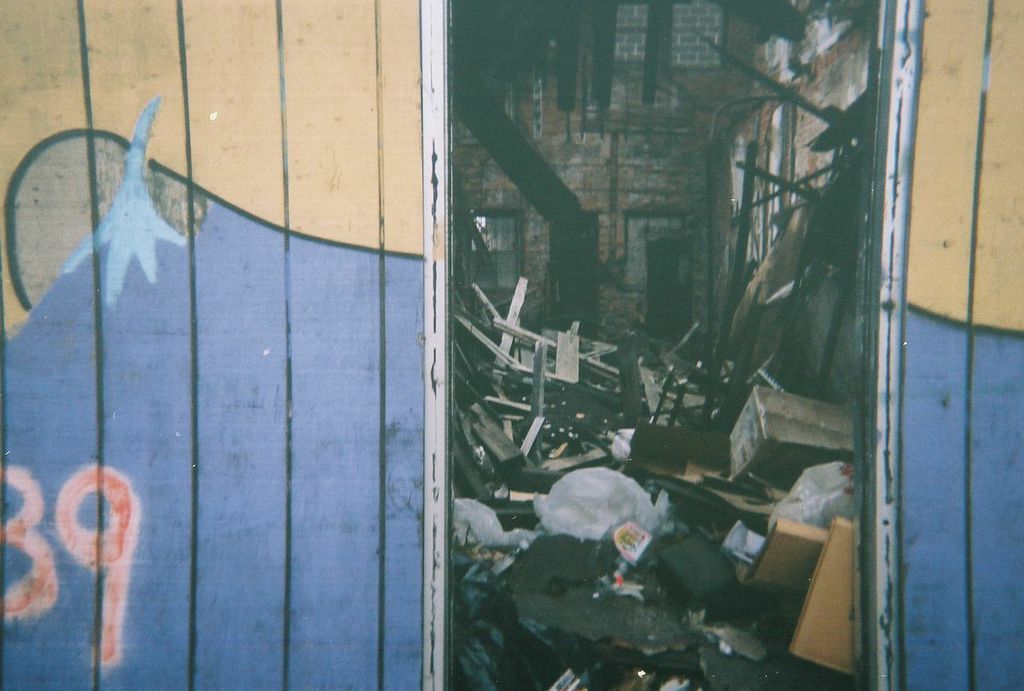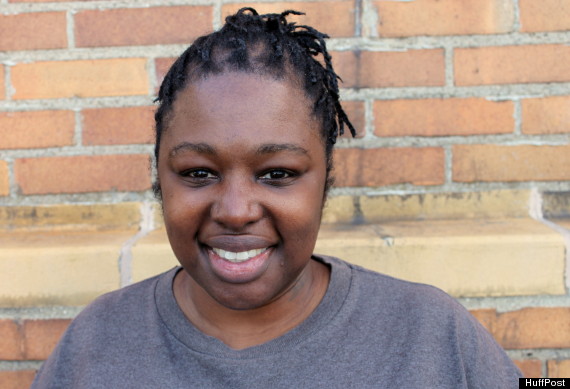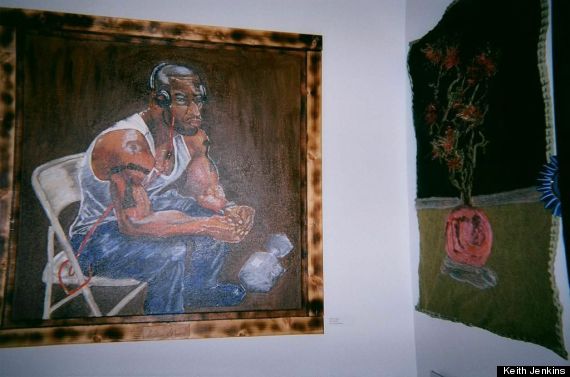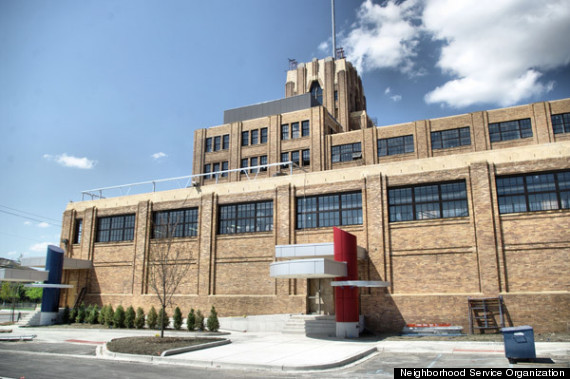
An episode of The PJs (1999-2001) is on my list of must-see Christmas specials. Eddie Murphy was a creator of this cartoon which is easily one of his most underappreciated works. The special is a hood version of The Grinch Who Stole Christmas and, like the other episodes in the series, is a hilarious take on life in a high-rise housing project during the 1980s/1990s era. For those of us who lived that life, the show is able to generate laughter and positive memories of community to coincide with depictions of the difficult circumstances that experts came to label as “failed housing policy”. For …
An episode of The PJs (1999-2001) is on my list of must-see Christmas specials. Eddie Murphy was a creator of this cartoon which is easily one of his most underappreciated works. The special is a hood version of The Grinch Who Stole Christmas and, like the other episodes in the series, is a hilarious take on life in a high-rise housing project during the 1980s/1990s era.
For those of us who lived that life, the show is able to generate laughter and positive memories of community to coincide with depictions of the difficult circumstances that experts came to label as “failed housing policy”. For me, and no doubt others, living in The PJs was my earliest lesson in how little black lives can matter in communities across America.
My family lived in San Francisco’s Geneva Towers, a high-rise low-income building similar to those in other cities including the infamous Pruitt-Igoe in St. Louis and Cabrini-Green and Robert Taylor Homes in Chicago. These complexes shared similar challenges rooted in failures to properly fund maintenance and upkeep–irregular access to basics like power and water, filthy common areas, frequently broken elevators with several flights of stairs to climb, diminished safety measures linked to elevated crime, and the isolation that comes from living in a part of town that most members of the larger community are too fearful to visit.
I, and possibly many of the other black children in urban high-rise projects, was left to make sense of the world and to ask the question of “why do I deserve to live this way?” My guess is that most didn’t have a nuanced answer to that question, just hurt. Scars were created that run deep and that may never fully heal.
But the nation eventually made a course correction. HUD took action–for example it foreclosed on the private owners who were receiving government subsidies to run Geneva Towers. And, in 1989, Congress created the National Commission on Severely Distressed Public Housing which led to important reforms. The federal Hope VI program helped tear down dilapidated housing with the goal of deconcentrating poverty and creating mixed-income properties. The good models that were created moved the dial in a positive direction. Bad public housing still exists in some communities but the housing world is drastically different than it was in the 1980s.
As these events unfolded, I pursued secondary and higher education and eventually became an advocate for the poor. At which point, I was bearing witness to an important new chapter in the urban housing story–black families with children being seven times more likely to live in homeless shelters than their white counterparts.
It was evident that the reforms designed to address the problems impacting my childhood had, by the 2000s, contributed to at least one new and significant challenge–increased family homelessness. The nation did not replace all the public housing units it tore down. The National Low-Income Housing Coalition has estimated that Hope VI resulted in a loss of more than 100,000 housing units.
Other factors have compounded this problem, including skyrocketing housing prices over the last couple decades. Increasing numbers of people were in need of affordable housing as the number of available units was on the decline. As a result, in 2012 there was a shortage of 7.1 million affordable rental units for extremely low-income households. The nation’s public schools enrolled 1.3 million identified homeless children and youth during the 2012-2013 school year.
Homelessness is the “new PJs” for this generation, or the new type of housing situation that is unacceptable for children. Young people live in homeless shelters, motels, or with an ever rotating list of family and friends. They are more likely to miss school, experience food insecurity, and have health problems. Frequently on the move, they worry about where they’re going to sleep tomorrow or the next day which leads to toxic stress and negative impacts on mental health and physical development.
My guess is that these children also wonder, “What did I do to deserve to live this way?” In short, homelessness is creating scars that run deep and that may never fully heal.
Creating housing policy that doesn’t traumatize small children should be a low bar to meet, but somehow it has been a struggle. Recent Obama Administration action will finally fund the National Housing Trust Fund (after six years of effort) via contributions from the reconstituted Fannie Mae and Freddie Mac. This is an extremely important step. But vigilance over its implementation, and other means of expanding the availability of affordable housing, must remain a priority if America truly believes that all its children matter.
Read this article:






















